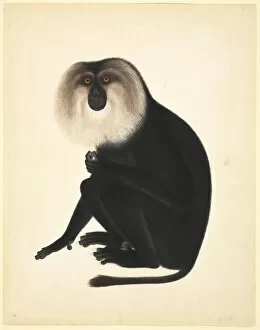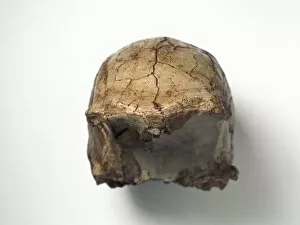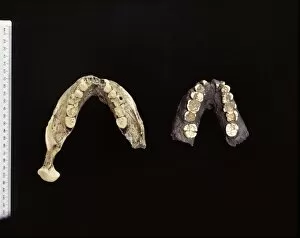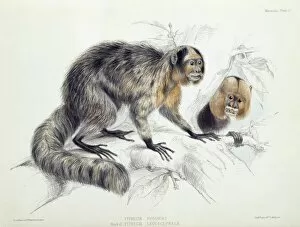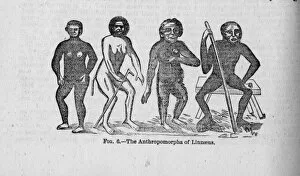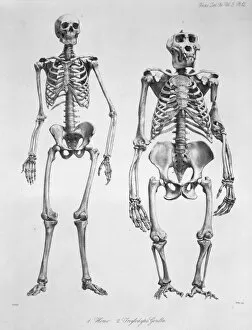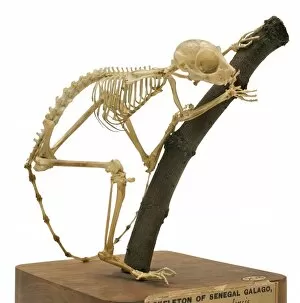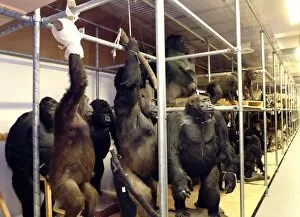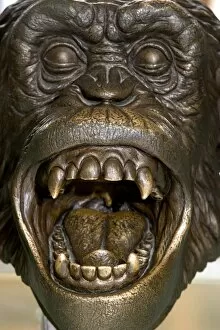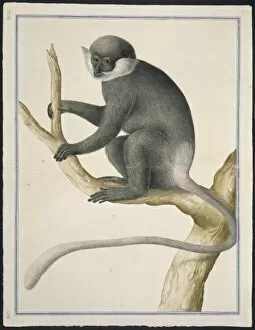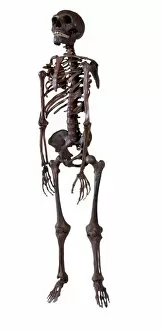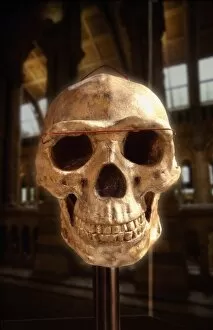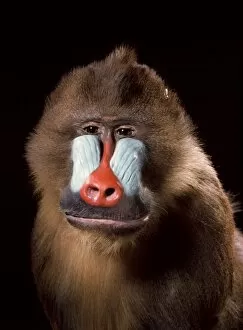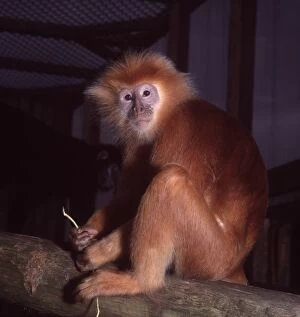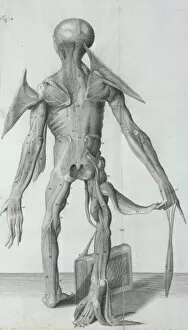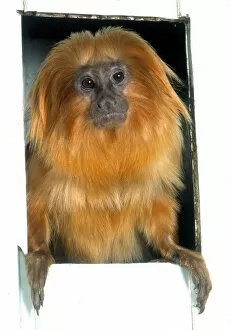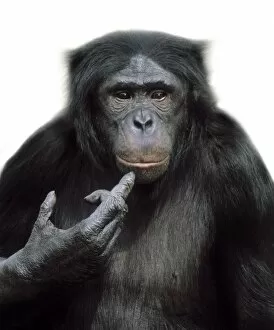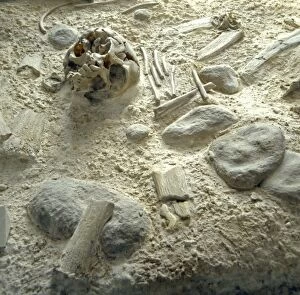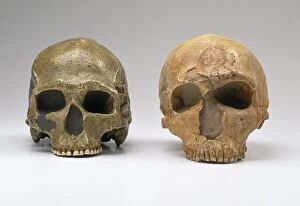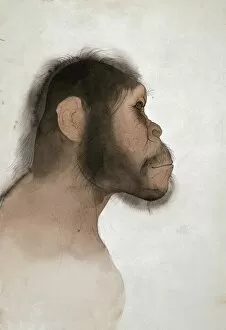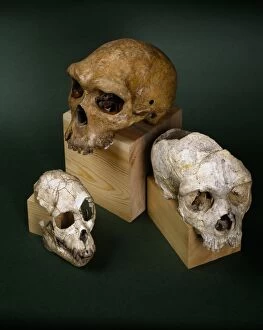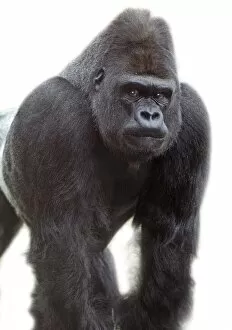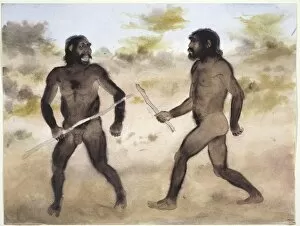Haplorhini Collection (#4)
"Haplorhini: Unveiling the Evolutionary Journey of Primates" Step into the fascinating world of Haplorhini
For sale as Licensed Images
Choose your image, Select your licence and Download the media
"Haplorhini: Unveiling the Evolutionary Journey of Primates" Step into the fascinating world of Haplorhini, a diverse group of primates that have captivated scientists and enthusiasts alike. From sensory homunculus to hominid crania, these creatures offer us glimpses into our own evolutionary past. One iconic figure in this journey is Australopithecus afarensis (AL 288-1), affectionately known as Lucy. This remarkable specimen provides valuable insights into early human ancestors and their way of life. As we explore further, we encounter the motor homunculus, revealing how different areas of our brain control specific body movements. It's awe-inspiring to think about how these intricate neural connections evolved over time. Moving forward in time, Homo neanderthalensis takes center stage at Swanscombe in the UK. Witnessing them in action transports us back thousands of years, allowing us to envision their daily lives and understand their unique adaptations. Proconsul africanus emerges as another key player on this evolutionary timeline. This ancient primate offers clues about the common ancestor shared by humans and apes—a pivotal link connecting our distant past with present-day species. Through meticulous reconstructions presented chronologically, we witness the transformation from Australopithecus afarensis to Homo heidelbergensis—the gradual development leading up to modern humans like ourselves. But let's not forget Guy (1946-1978), a western lowland gorilla who left an indelible mark on those who encountered him. His powerful presence reminds us that even today, gorillas like Gorilla gorilla gorilla continue to inspire awe and admiration for their strength and intelligence. Haplorhini unravels an extraordinary tale spanning millions of years—an epic saga where each discovery brings us closer to understanding our own place within nature's grand tapestry.



